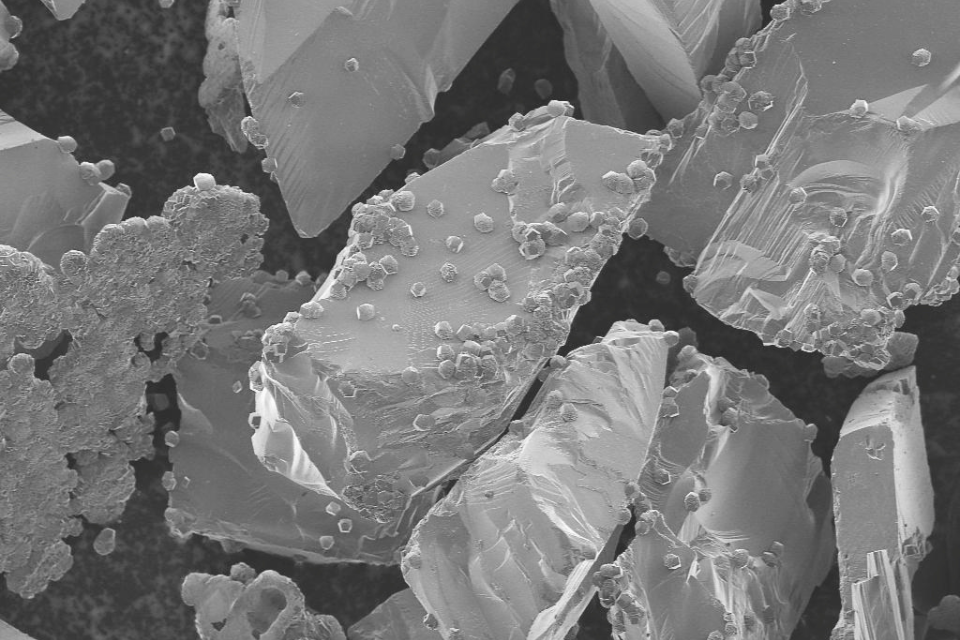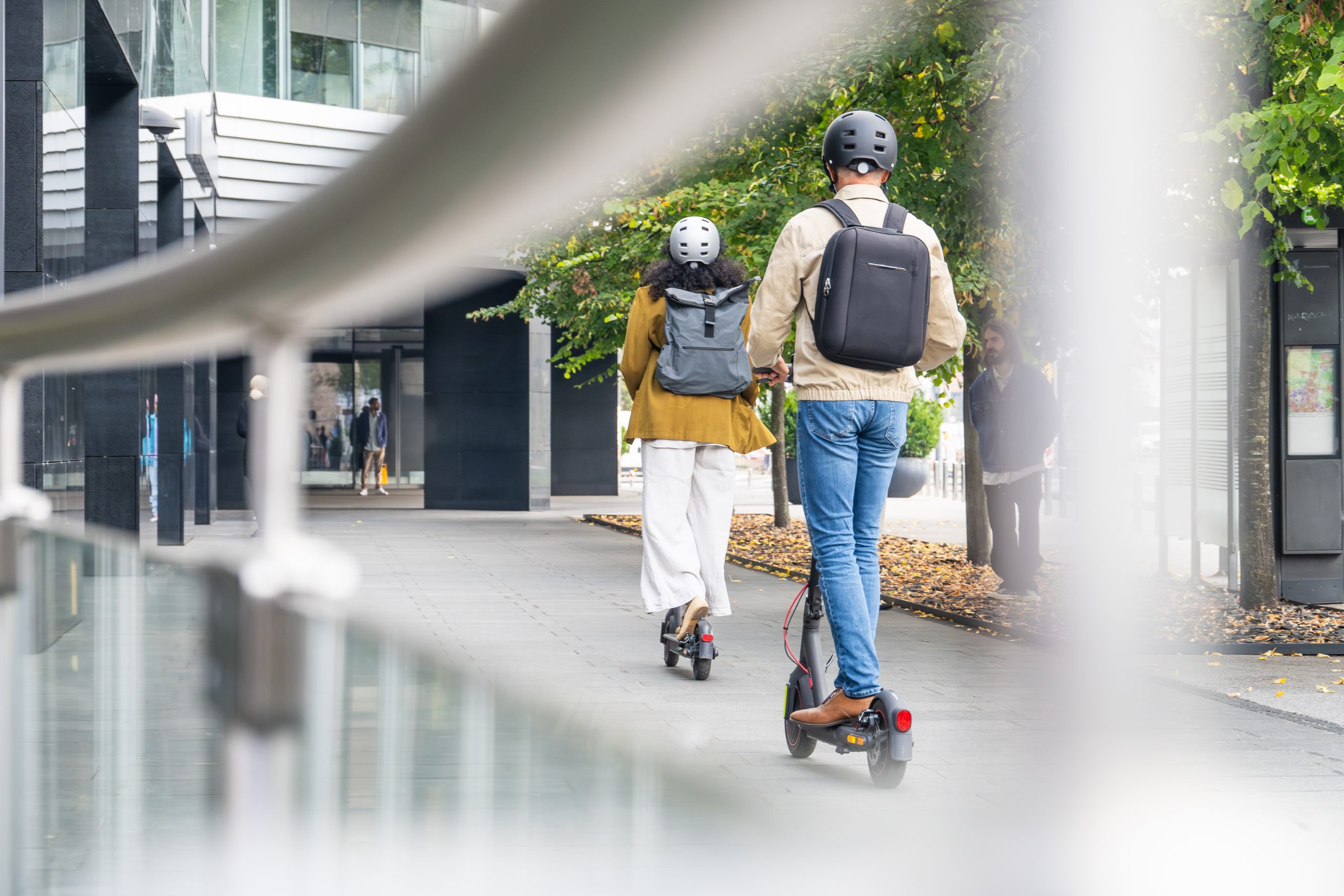
How can we make the most of existing commercial buildings while maximizing their value and reducing greenhouse gas (GHG) emissions?
A PICS Fast Track Program project looks at circular economy strategies for commercial real estate — specifically, office buildings. Circular economy is a model which involves reusing, repairing, refurbishing and recycling existing buildings and their materials.
The Advancing Circular Economy in Canada’s Real Estate Sector project explores how to: extend the life of buildings, including retrofitting to reduce energy use and GHG emisisons; enable flexible leasing models; and optimize return on investment (ROI) for building owners. As well, it considers opportunities to repurpose materials from retrofit projects to preserve the life of these materials and related embodied carbon. (Embodied carbon is the carbon dioxide emissions associated with materials and construction processes throughout the whole lifecycle of a building.)
This joint project of Circular Economy Leadership Canada (CELC), BOMA Canada and other partners involves not only academic research partners but, also, the private sector — real estate developers, office building owners, asset managers, architects, and engineers — and government agencies, says Paul Shorthouse, CELC’s managing director.
“We want to build awareness and provide information and data through practice and case studies that help those decision-makers who own and operate buildings,” he says, “or those who are managing an office building and considering whether to tear it down and build new versus taking on a renovation or retrofit that allows for more flexible or adaptive reuse of that building.”
“We’re aiming to help them make the business case for extending the life of those buildings and the materials that are found within those buildings and, in turn, preserving the embodied carbon and related benefits.”
“Assessing a city full of buildings, we can understand it as a large portion of our carbon budget that we have already spent,” says Dr. Hannah Teicher, PICS Researcher in Residence for the Built Environment, who is the PICS lead on this project. “Recognizing this is the first step towards maximizing the useful life of those past emissions in place of emitting more today.”
The project will also look at repurposing office space for alternate uses — retail, light industrial, and residential are possibilities — or with different types of leasing models that could allow greater usage of existing, under-used office spaces. Another consideration is whether, during a renovation, office space design could incorporate aspects that would allow relatively easy conversion to other uses in the future, say 10 or 20 years down the road.
“Being able to quantify the carbon being held in real estate, and how much more carbon it would take to continue to use the items, helps us see how much carbon we can realistically avoid emitting through circular economy practices in this industry,” says PICS executive director Dr. Sybil Seitzinger. “Information generated by studies like this makes the difference between good intentions and finding true climate solutions.”
“We’re hoping that the work that we’re doing and the information we’re collecting will help to inform a pilot project or two with the partners afterwards,” says Shorthouse, “where they can take what they’ve learned through the process and apply it in a building or two that they own or operate.”
The project kicked off in May, with research, data analysis and interviews being conducted throughout the summer and early fall, as well as a virtual stakeholder workshop to be held in October, followed by development of a “circular real estate” guide.
• For more information, or if you are interested in being part of this effort, email Paul Shorthouse and visit the project page.


